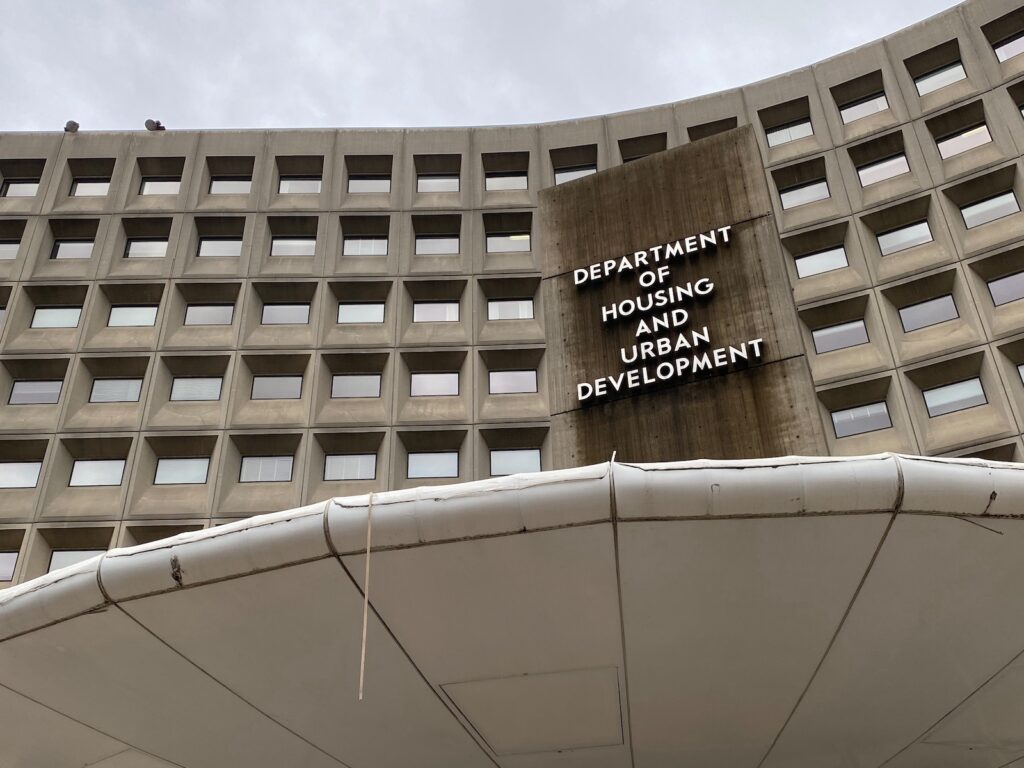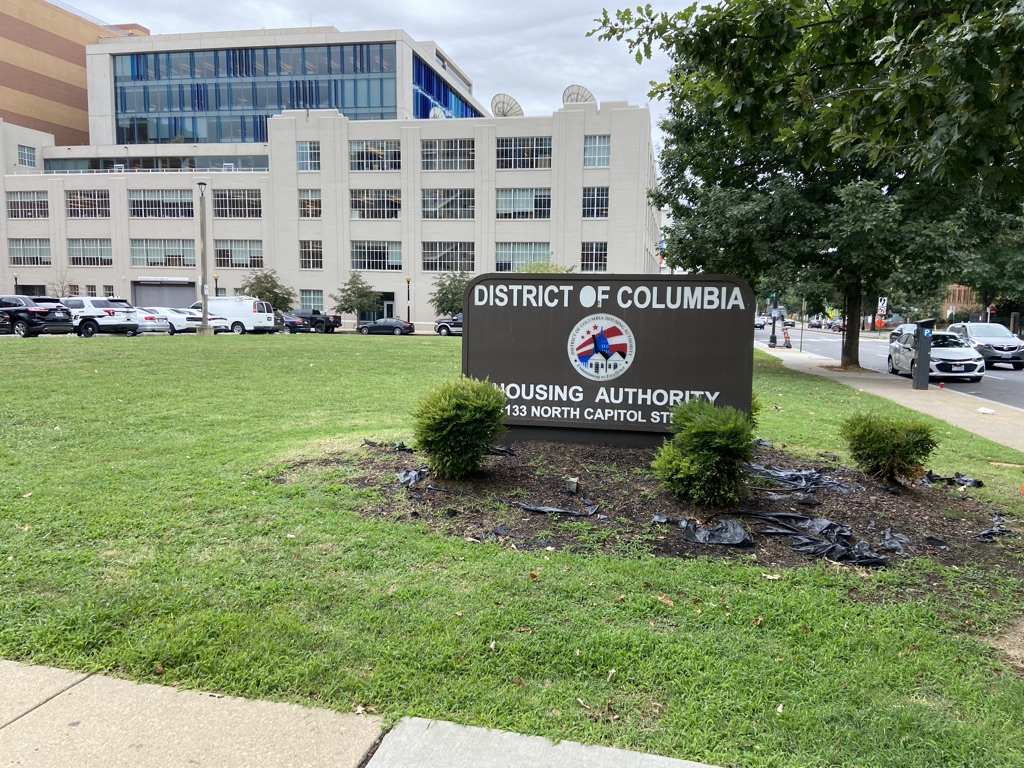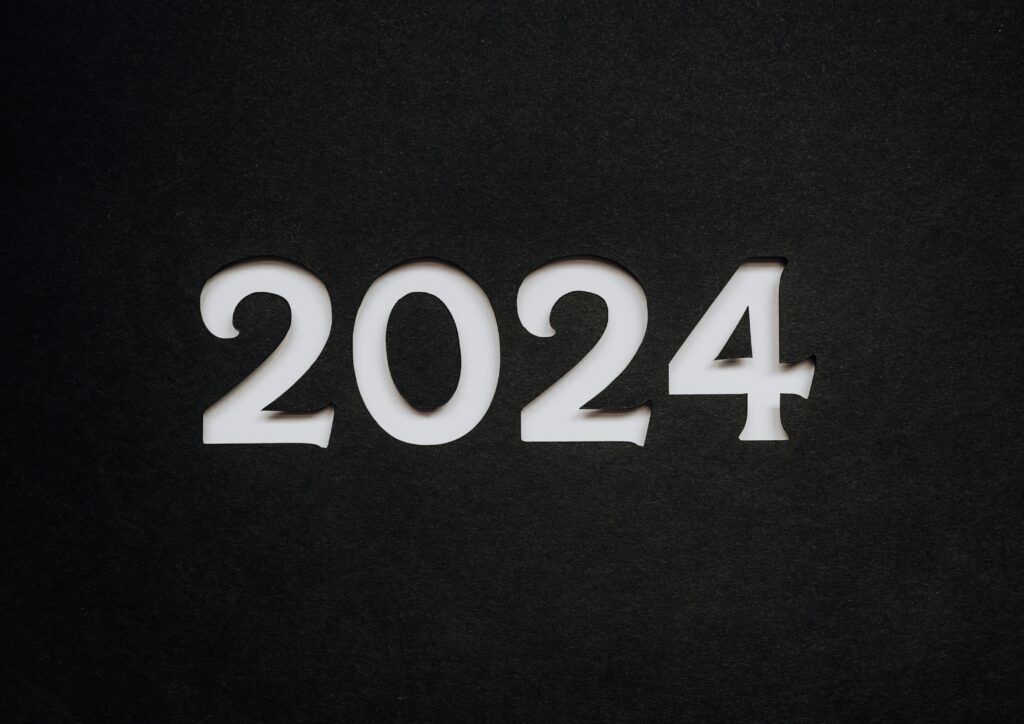D.C. returned over $10 million in federal grants intended to fund programs aimed at ending homelessness from 2017 through 2021, according to data from the U.S. Department of Housing and Urban Development (HUD) and The Community Partnership (TCP).
The city generally receives between $23 million and $28 million each year from the federal agency as part of a nationwide grant process. Locally, TCP coordinates the grant application process and distributes the money to nonprofits that run various subsidized housing programs.
While D.C. can shift unused local funds to other homeless services programs or move them to the next year, unspent federal dollars must be returned, per HUD rules. In fiscal year 2017, D.C. returned $2 million of a $22 million grant; and in 2018, $2.6 million of a $27 million grant, according to HUD. While HUD does not yet have numbers for more recent years, TCP estimates the city returned between $2.5 million and $4 million annually in fiscal years 2019, 2020 and 2021.
Especially since the onset of the pandemic, D.C. has struggled to ensure that all of its available federal and local housing resources make it into the hands of people who need them. D.C. ended fiscal year 2022 with over 1,800 available vouchers for individuals. As of May 15, the city has housed more than 1,000 people with fiscal year 2022 vouchers. Over 500 more people have pending applications. Housing providers have largely attributed the slow use of local housing vouchers to a case management staffing shortage. The long wait times for applying for and receiving housing through a voucher continue to prolong many clients’ experience with homelessness, even as the government sets aside funds to house them.
On the federal side, grant spending has been an issue over the past several years, according to a May 9 presentation from TCP to D.C.’s Interagency Council on Homelessness. TCP has begun working with providers over the past year to help them spend their full allotment and expects to see an improvement next year, a goal shared by providers.
“It has absolutely devastated us as an agency whose mission is to end homelessness to have to give back or to underspend HUD dollars,” said Christy Respress, CEO and president of housing nonprofit Pathways to Housing, one of the organizations that has had to return funds.
Behind the underspending
There are several reasons an organization might struggle to spend all the funding it receives from HUD, according to TCP. During the pandemic, homeless services nonprofits were scrambling to assist people who needed help. Some providers encountered difficulties determining the kind of programs that made the most sense to operate given the changed climate. Further, HUD funding can be used for only a limited scope of programs, and payment requires sometimes arduous administrative processes. As a result, nonprofits across the city struggled to use the full amount of their federal grant dollars during the height of the pandemic, TCP said.
The largest issue for Pathways, Respress said, has been a lack of staff.
Pathways uses HUD money to fund housing for people with serious mental illnesses. Medicaid funds a corresponding support team. The teams use psychologists, case workers and peer specialists to help treat any mental and behavioral issues people may experience after moving into their new homes.
“It’s been this really amazing combination and really critical combination,” Respress said of the long-standing program.
But Pathways has struggled to recruit and retain those support teams for the last several years. Salaries for some health care workers have increased across the country, as documented in a 2022 survey of over a million workers, yet the Medicaid rates for supportive teams remained the same, Respress said. Without cost of living increases, the staff members who remain now receive lower pay than their counterparts in comparable positions at hospitals or in telehealth.
Respress said Pathways can’t in “good conscience” help people move into housing with HUD-supplied rent unless it can provide them with the full support they need to make a successful transition.
“We’re working with people who need the intense wraparound support services,” she said. As for the inability to spend all of the available federal funds, “it’s all tied, 100% for Pathways, to the workforce challenges we’ve been facing.”
Similarly, many local organizations that administer Permanent Supportive Housing (PSH) vouchers say they did not have enough case managers to help usher all of their eligible clients who’ve been issued vouchers through the housing process over the last year.
“This is not an isolated Pathways challenge, but it’s really a sector challenge around utilizing all of our housing resources,” Respress said. “Nobody should have to stay in homelessness because we don’t have the staff to support them. That is not okay with us as an organization.”
What this means for ending homelessness
Having to return unspent HUD funding has different effects depending on the particular program.
Like many other organizations, Pathways provides lifelong PSH vouchers, and the available funding is associated with a set number of permanent vouchers. If 10 spots in the program are open in 2022 but not filled due to staffing issues, those same 10 spots will still be open in 2023. The loss of HUD money, however, means that one year of voucher funding went to waste — delaying assistance to people in need.
For shorter-term programs that offer subsidies for a year or two, the loss in funds could result in fewer people receiving help. Some HUD grants, for example, go to the District’s Rapid Rehousing program, which provides a subsidy for up to two years. Because of the time limit, leaving spots vacant leads to fewer people receiving help in the long term.
There’s also always a concern that HUD may reduce the size of the grant it provides to D.C. because of the unspent funding, Respress said. The grant is issued through a competitive process, with cities and states vying for a limited pool of money. While D.C.’s grant has increased in recent years, even after repeated instances of underspending, there is no guarantee the pattern will continue.
TCP is consulting with providers to prevent underspending HUD grants in the future. For instance, TCP says providers may be able to use grant funds that would otherwise remain unspent to hire more staff, bring in temporary help or expand existing programs. They can also try to make certain that HUD funds are spent first. TCP, which submits the District’s grant application to HUD and chooses which local programs are prioritized for grant money, also plans to begin rewarding programs that spend the entirety of their grants.
For Pathways, its ability to take full advantage of HUD grants is dependent on its ability to recruit and maintain support teams funded by Medicaid. The nonprofit is working with the D.C. government to obtain higher wages for their Medicaid-funded positions. In the meantime, Pathways has used leftover money to help people already in the program who want to move apartments.
“At the end of the day, without a front-line workforce, the financial resources are stuck in the bottleneck, and fewer people are ultimately served,” Respress said.
This article was co-published with The DC Line.
Annemarie Cuccia covers D.C. government and public affairs through a partnership between Street Sense Media and The DC Line. This joint position was made possible by The Nash Foundation and individual contributors.






